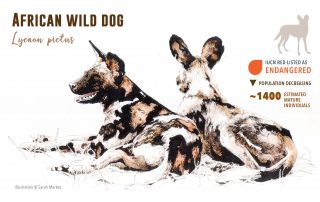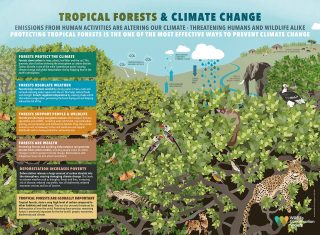
March 13, 2023
Protecting Tanzania’s Hippos
- as seen by -
 Sarah Markes
Sarah Markes
As their Latin name – Hippopotamus amphibious – implies, hippos are associated with water, and spend most daylight hours wallowing in rivers, lakes, and permanently flooded wetlands. They are social creatures, living in groups of females and youngsters, with the occasional non-breeding male, under the control of a dominant territorial male. At night, hippos venture onto land to graze, often traveling many miles in search of adequate grass during dry periods. They are ecologically important, providing a food source for fish via the dung they spray into the water and for birds that pick parasites from their skin.
Worryingly, hippo populations are in decline across Africa due to poaching, habitat loss, and reduced water flows in river catchment areas. Dry and crowded conditions also foster diseases such as anthrax. It is currently estimated that 125,000-148,000 individuals survive, which is a fraction of their historical numbers. Tanzania’s Ruaha-Katavi landscape is a stronghold for one of Africa’s most significant hippo populations, yet there is an urgent need for more research to accurately estimate numbers and threats.
WCS’s Ruaha-Katavi Program protects hippos and their habitat by supporting the improved management of government and community-protected areas, ranger training and operational support, and monitoring hippo populations on the ground, by boat, and from the air. WCS is making plans to conduct the first-ever landscape-wide hippo census to better inform conservation planning.
This information poster was produced as part of awareness efforts. PDF copies are available from sarahindar@gmail.com.
EDITOR’S NOTE: To celebrate Women’s History Month, Wild View is featuring posts by and about women and their contributions to science and conservation throughout March.




Leave a Comment